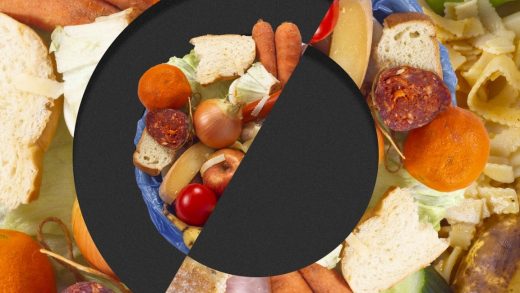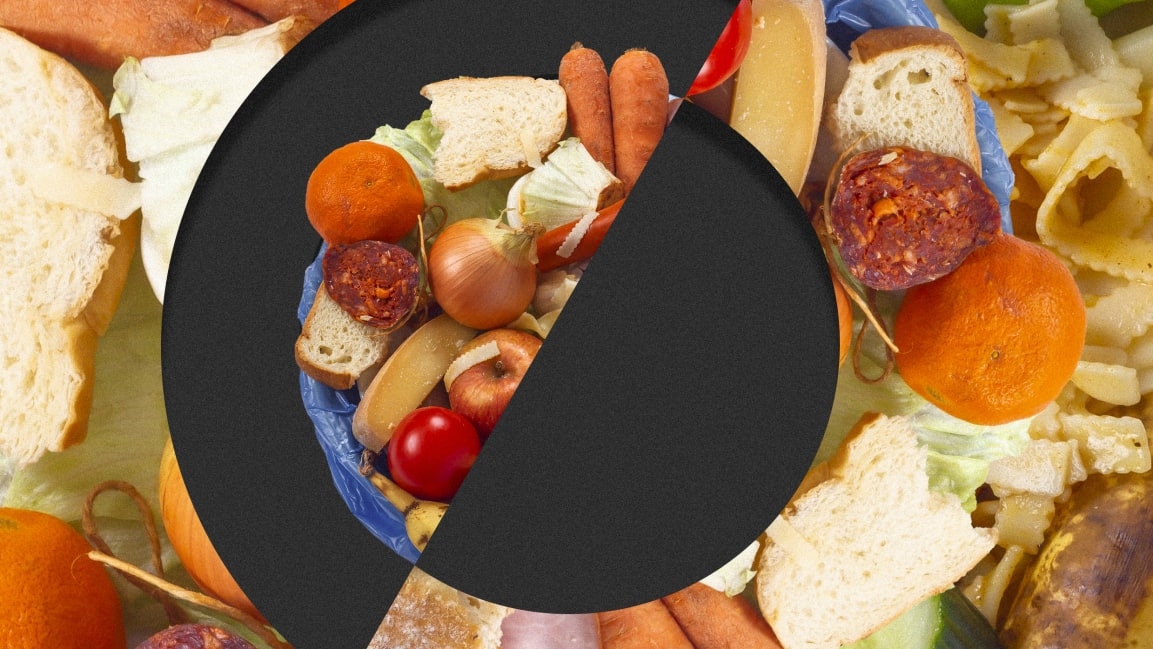Here’s the plan to cut food waste in half by 2030
To feed nearly 10 billion people by the middle of the century without trashing the climate, the food system has to fundamentally change—and one major piece of that involves reducing the massive amount of food that’s never eaten. Around a third of all food produced, or 1.3 billion tons a year, is wasted.
Cutting food waste in half by 2030 is one of the 17 Sustainable Development Goals, and a new report looks at just how we could reach that target—and why it matters. Doing so would reduce greenhouse gas emissions 1.5 gigatons a year by 2050. It would make it possible to avoid converting a piece of nature roughly the size of Argentina into farms. It would also help get food to people who don’t have enough to eat now.
For countries and food-related companies, the first step should involve setting targets, measuring how much food is being lost now, and then making a plan. “It helps you prioritize your strategies,” says Craig Hanson, vice president of food, forests, water, and ocean at the nonprofit World Resources Institute, which produced the report.
Targeted plans do work: In the U.K., where the government started focusing on post-farm food waste in 2007, that waste dropped 19% over the next five years. In New Zealand, a campaign from 2015 to 2018 cut household food waste 27%. In Seoul, South Korea, where the government started charging people for the food that they threw out by weight, waste dropped 10%. Companies have also seen progress: Unilever, for example, cut food waste in its manufacturing operations by 37% between 2016 and 2017.
Once targets are set, companies and countries can get creative about avenues for actually mitigating waste. This work is already gaining a foothold—here are just a few examples:
All of these approaches, and many other tactics, could help reach the goal if they’re implemented broadly enough. As more companies step up—32 of the world’s largest food companies now have food-waste reduction targets in line with the 2030 goal—governments also need to act more quickly, Hanson says. The report also suggests that food brands ask their largest suppliers to adopt the same food-waste goals, helping the idea spread. Scaling up road maps and solutions like those outlined in WRI’s report could make it possible to cut food waste in half in a decade—a task that sounds daunting, but is more technically achievable than it currently seems.
(15)



